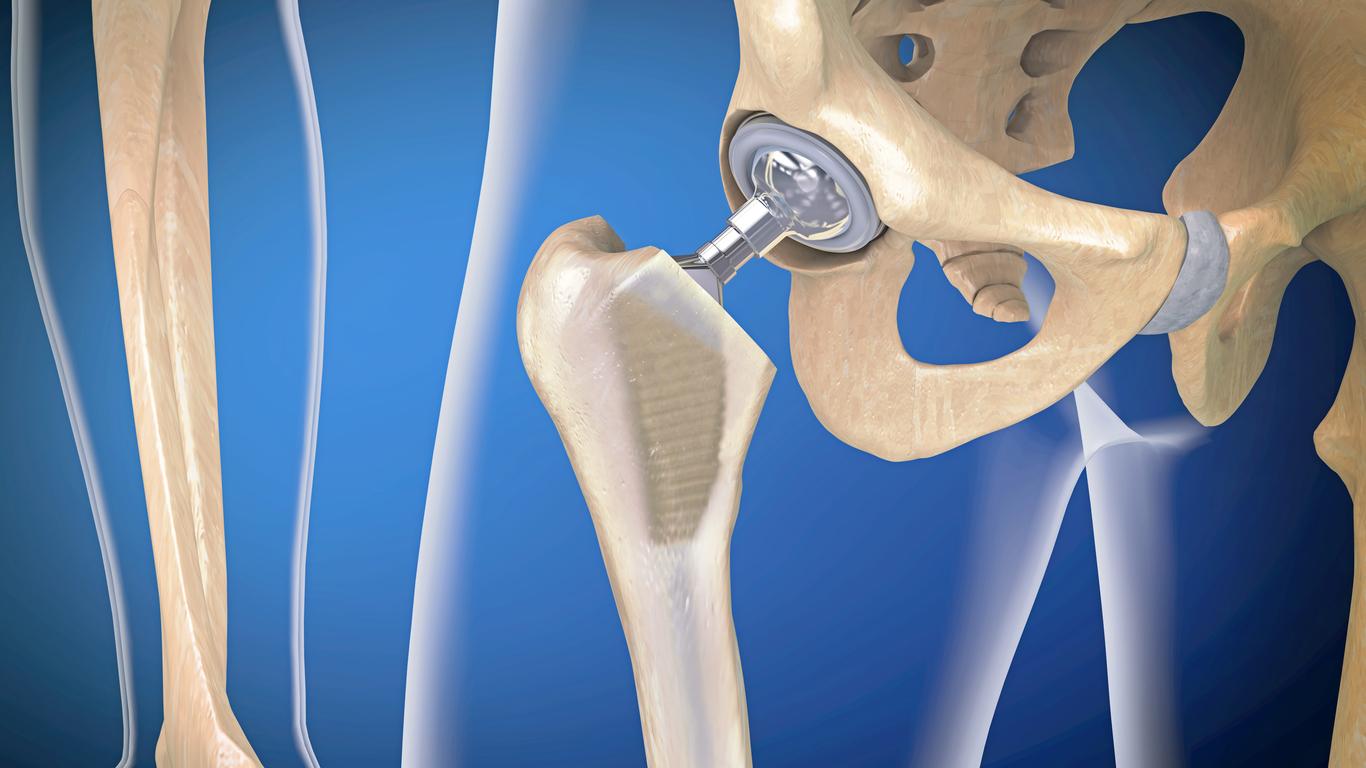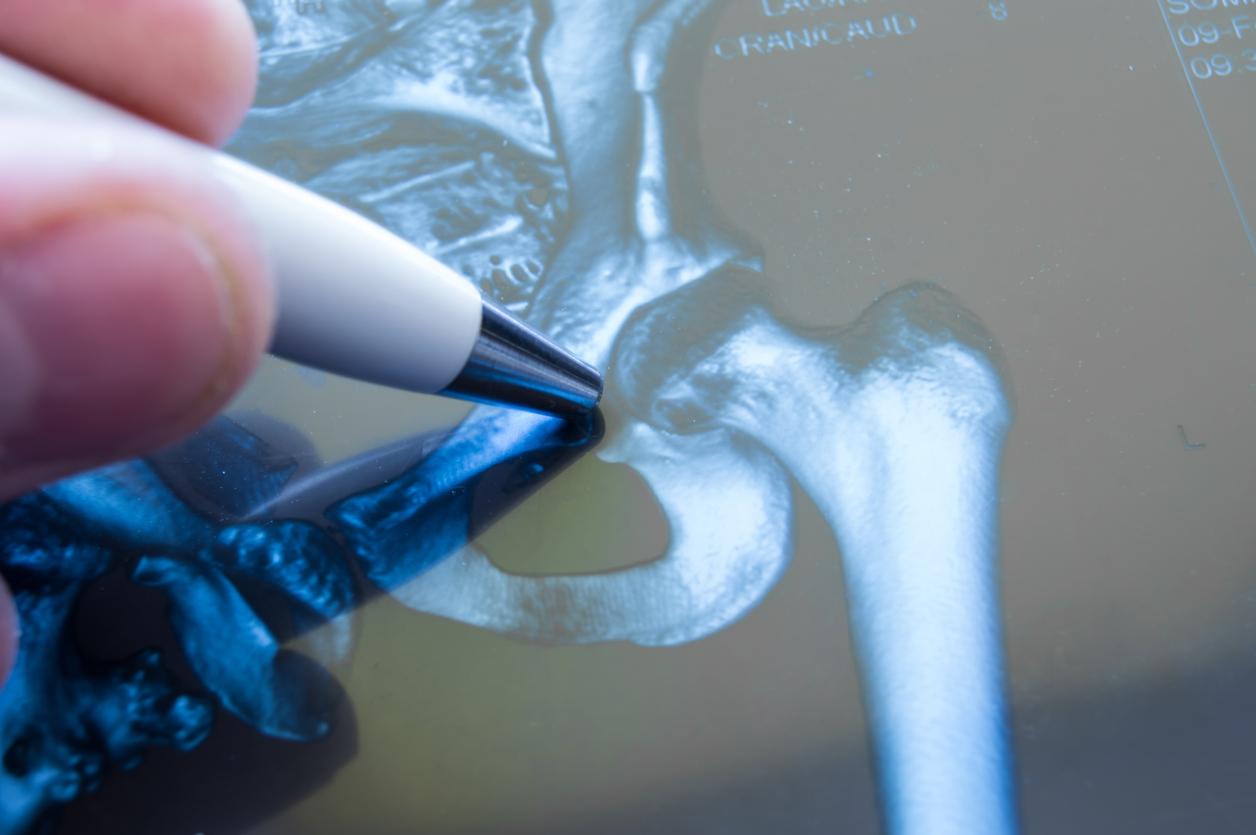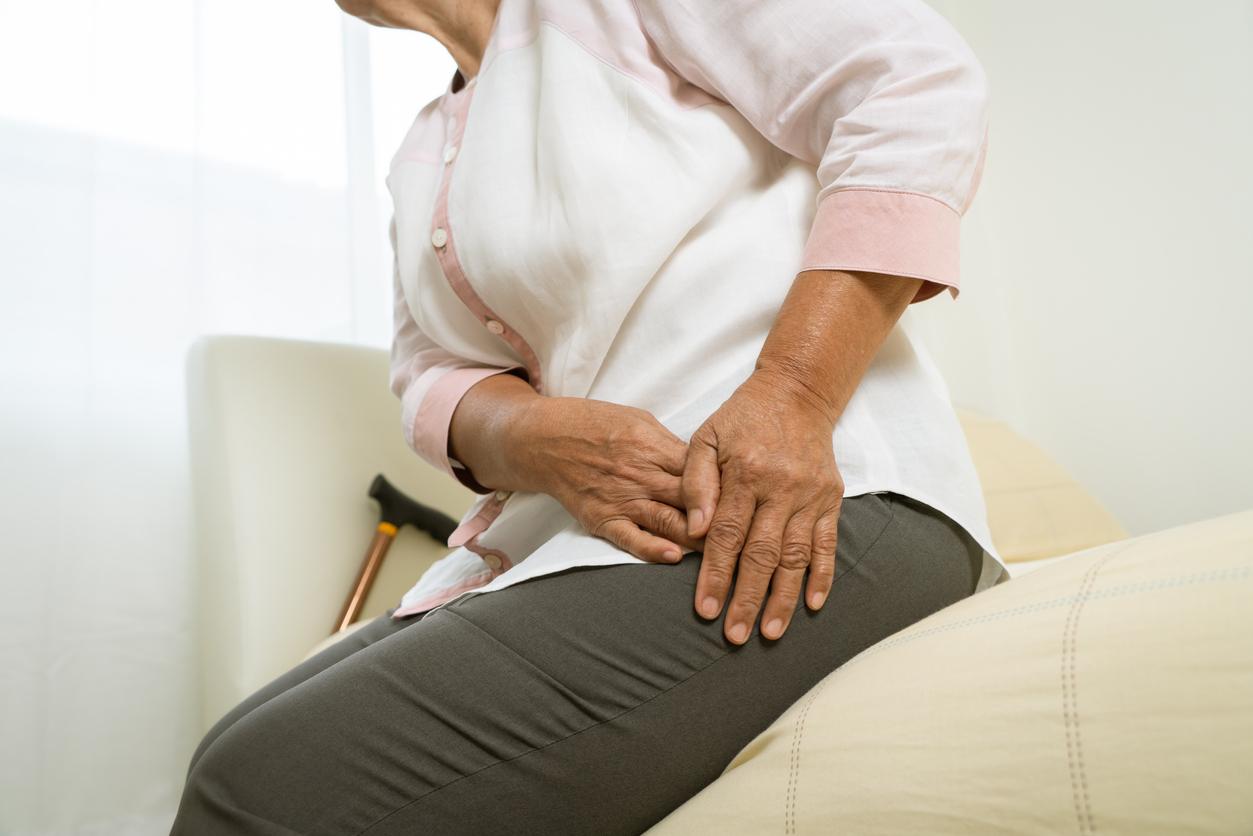
A hip replacement removes all the damaged cartilage from the joint. The damaged joint is then replaced by a plastic prosthesis.
The skeleton is the frame of the body and it protects the internal organs. It hip joint bears most of the weight of the upper body. As people age, the bones become thinner and more brittle and the risk of injury increases.
The hip joints are located in the pelvis; they connect the trunk of the body to the legs and bear the weight of the upper body. The pelvic bones, which are the pubic bone, the ischium and the ilium, together with the head of the femur form a ball-and-socket joint. Injury and normal wear and tear can damage this joint and increase the risk of a fractured femur or hip. An hip fracture can best be repaired with hip replacement surgery.
During hip replacement surgery, the joint cavity of the hip is stripped of all cartilage and by arthritis affected bone. A plastic cup is placed in the thus enlarged hip cavity. Then, the top tube is removed from the femur and a metal ball is inserted into the top of the femur bone. A metal stem is inserted into the femur bone to give the prosthesis more strength.
Elderly people and people with osteoporosis have an increased risk of hip fractures requiring hip replacement surgery. This operation can bring several complications, which should be discussed with the doctor before the operation.















